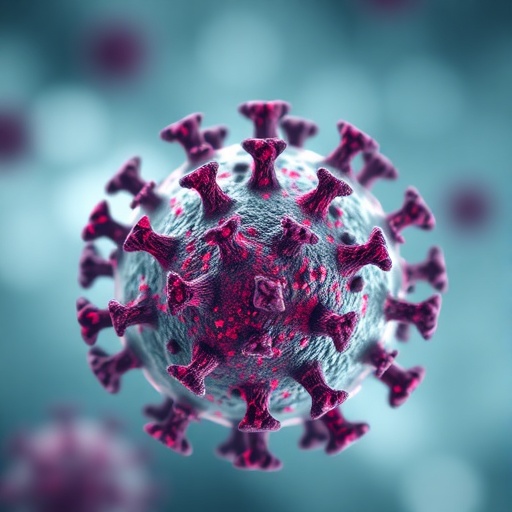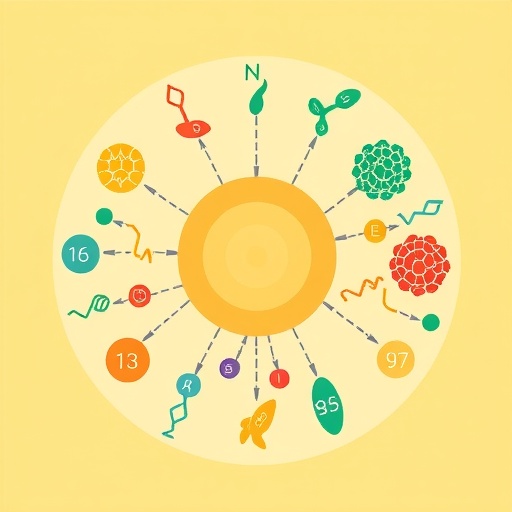
Credit: University of Adelaide
A team of paediatric specialists, including an expert from the University of Adelaide, has produced new guidelines regarding assessment and management of type 2 diabetes (T2D) in Australian and New Zealand children and adolescents.
With the incidence of T2D on the rise among children and adolescents, especially in Indigenous communities, early assessment and management is critical.
“Our publication includes the first Australasian evidence-based recommendations for screening, assessment and management of children and adolescents with type 2 diabetes and was approved by the peak body of paediatricians who look after children with diabetes, the Australasian Paediatric Endocrine Group (APEG),” says the author Dr Alexia Peña, Senior Lecturer from the University of Adelaide’s Robinson Research Institute and Paediatric Endocrinologist at the Women’s and Children’s Hospital.
“The obesity epidemic, particularly in Indigenous young people, has caused the increase in the incidence of T2D especially in children older than 10 years of age.
“Adolescents develop complications earlier than adults with T2D and they are more likely to require insulin within a few years of diagnosis.
“Early identification and management of the condition, which is most prevalent among Indigenous people, is therefore critical to prevent complications and maintain their long-term health.
“Up until now there have been no guidelines in Australasia for assessment and management of T2D in children and adolescents and health professionals have had to refer to adult guidelines.
“These Australasian Paediatric Endocrine Group guidelines were developed by a group of expert health care professionals from Australia and New Zealand and included paediatric and adult endocrinologists, diabetes nurse educators, dietitians, psychologists and physiotherapists.”
Recommended changes contained in the new guidelines include:
- Specific recommendations regarding care of Indigenous children and adolescents in
Australia and New Zealand with regards to screening and management of T2D. - Tighter diabetes control for all children and adolescents.
- The possibility of using newer medications, currently only approved for adults with
T2D, under the guidance of a paediatric endocrinologist. - The need to transition adolescents with T2D to a diabetes multidisciplinary care team
including an adult endocrinologist for their ongoing care.
Type 2 diabetes is a serious condition in which the body becomes resistant to the normal effects of insulin and/or gradually loses the capacity to produce enough insulin in the pancreas. It represents 85 to 90 per cent of all cases of diabetes and usually develops in middle age adults. Many people and even adolescents with T2D display none of the classic symptoms of the disease such as lethargy, excessive thirst and the need to pass more urine. It is more likely to occur if a person is overweight, has a family history of the condition or they are from particular ethnic backgrounds.
“There needs to be increasing awareness among the public that this chronic illness can start early. Children and adolescents need to be tested if they are in high-risk groups,” says Dr Peña.
“It is critical that early diagnosis is followed with culturally sensitive advice to help them manage their diabetes in a way that promotes family-centred behavioural change.
“All health care professionals need to be aware of specifics for assessment and management of children with T2D.
“In some cases, by the time T2D is diagnosed, the complications of diabetes may already be present which is why early diagnosis and assessment followed by effective management is critical.”
This study was published in the Medical Journal of Australia.
###
Media Contact
Alexia Pena
[email protected]
Related Journal Article
http://dx.





